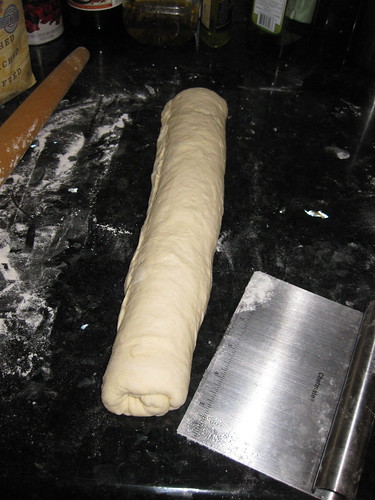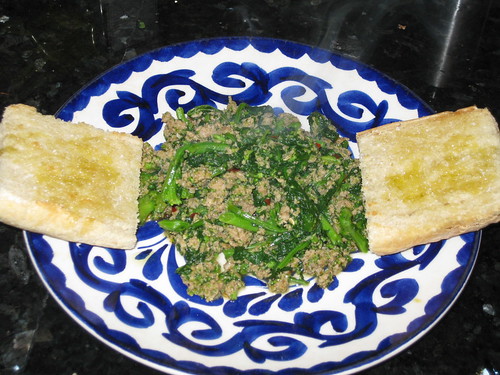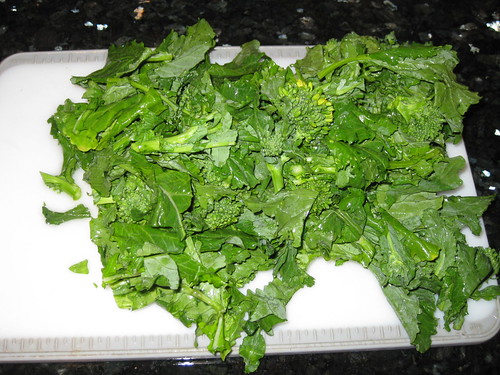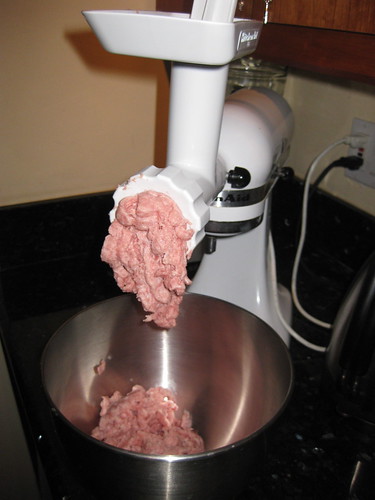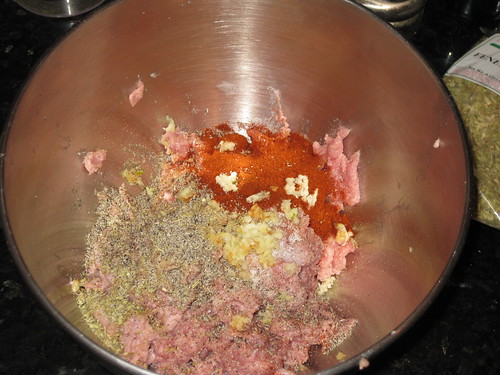
INGREDIENTS
- Homemade Chicken Broth
- 8 stalks celery-large outer and pale inner stalks mixes, cut on the diagonal into 1/2-inch slices (about 3 cups)
- 4 carrots, peeled and cut on the diagonal into 1/2-inch slices (about 2 cups)
- 1 pound fideos (thin egg noodles) or angel hair pasta
- 1 tablespoon olive oil
- 2 Hass avocados, pitted, peeled, and cut into 1/2-inch cubes
- 1/2 cup freshly chopped cilantro leaves
- 1 lime, juiced
- 1 lime, cut into wedges
Make the broth and strain it. Pluck the chicken pieces out and set them aside until they are cool enough to handle.
When the chicken is cool, pull off the skin and discard, then shred the meat coarsely, getting rid of any fat, gristle, etc. as you go. Set the chicken meat aside.
Heat a large pot of salted water to a boil.
Bring the strained broth, celery, and carrots to a boil in a large pot on medium heat. Taste the broth and add salt and pepper, if necessary. Adjust the heat so the broth is simmering and cook until the vegetables are tender but not mushy, about 10 minutes.
Meanwhile, stir the fideos into the boiling water, crushing each handful to break the noodles up as you go. Cook until tender but with a little bit of a bite, about 4 minutes. Drain the noodles and put them in a bowl. Add the olive oil and toss well.
When the vegetables are tender, stir the shredded chicken, avocado, cilantro and lime juice into the soup. Bring the pot of soup to the table, along with the noodles and lime wedges. Spoon some of the noodles into each bowl and ladle some of the soup over them. (Stir the soup with a ladle so you're sure to get some of each ingredient into each bowl.) Pass the lime wedges separately.

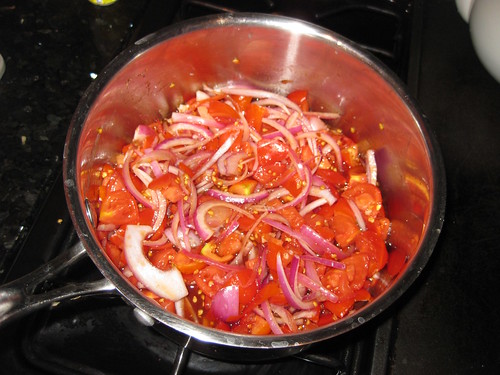
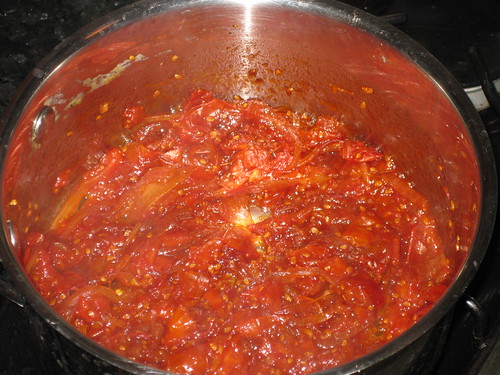
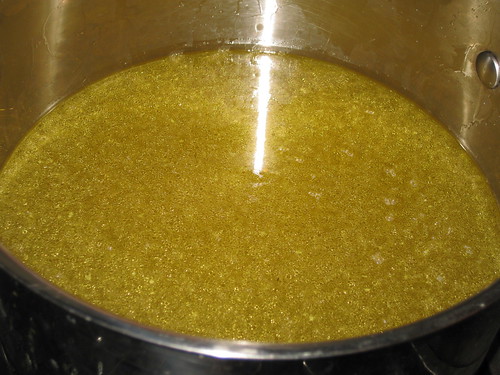


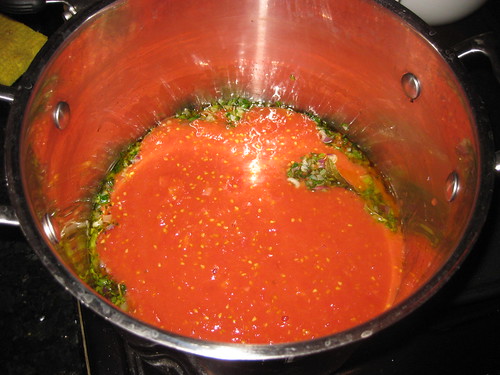

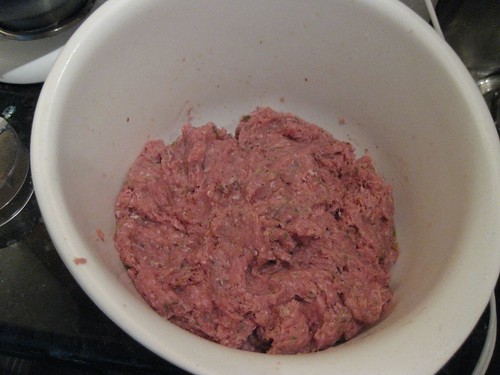
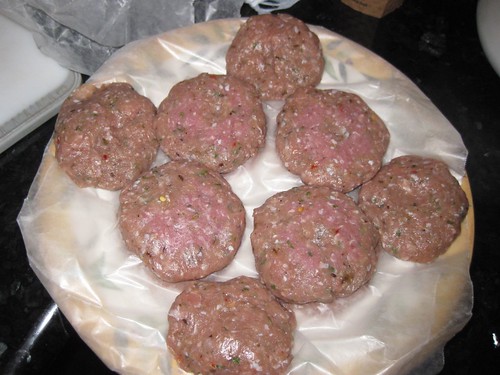 Make a small impression in the middle of each patty. Fry in a large skillet with a bit of oil over medium high heat for 3 to 4 minutes aside, or until done.
Make a small impression in the middle of each patty. Fry in a large skillet with a bit of oil over medium high heat for 3 to 4 minutes aside, or until done.





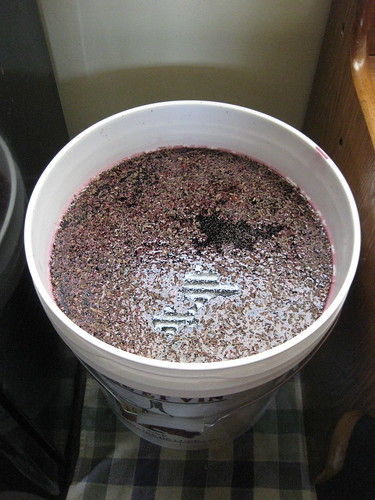
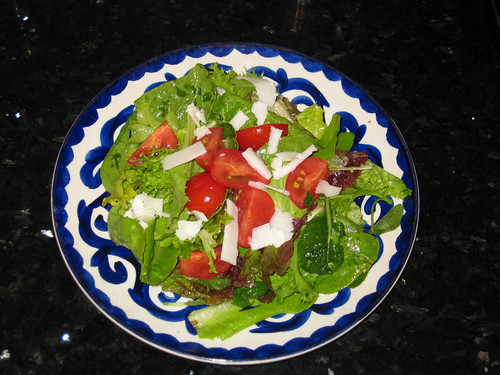

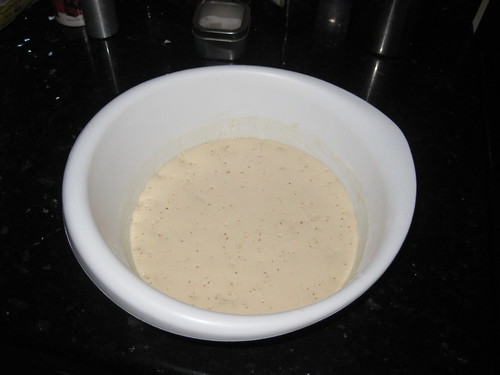
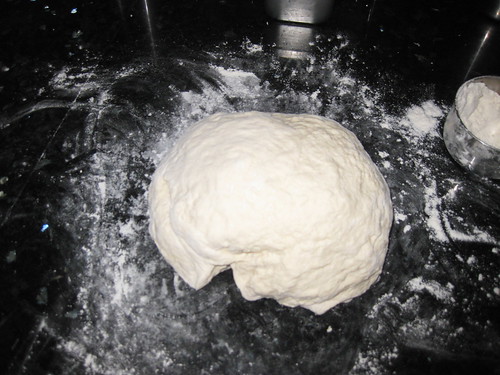 Turn the dough out onto a floured surface and knead for 10 minutes. (Knead by pressing on the dough, then folding over and pressing with the heel of your hand.) Then clean the large mixing bowl, spray with oil (I used olive oil), and place the dough in the bowl. Turn it in the bowl so the dough is greased (this prevents the top from cracking as it rises).
Turn the dough out onto a floured surface and knead for 10 minutes. (Knead by pressing on the dough, then folding over and pressing with the heel of your hand.) Then clean the large mixing bowl, spray with oil (I used olive oil), and place the dough in the bowl. Turn it in the bowl so the dough is greased (this prevents the top from cracking as it rises).
 Starting with the 12" side, roll up tightly. Seal seams and edges by pinching. Repeat with remaining dough.
Starting with the 12" side, roll up tightly. Seal seams and edges by pinching. Repeat with remaining dough.
